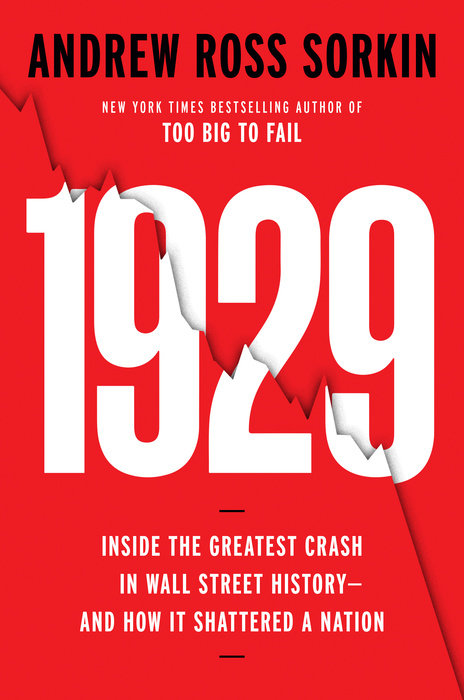The stock-market crash of 1929 occupies a dark but indelible place in the national imagination, and for good reason. In the age of online trading and algorithmic traders, the next stock crash, whenever it comes, will be a largely digital phenomenon. But its consequences will certainly play out in the analog world: wealth destruction, human anguish, fallout in the rest of the economy. On Wall Street, as the speculative A.I. boom continues to grow, even some financial titans are acknowledging that it might not end well. “There will be a check at some point, there will be a drawdown,” David Solomon, the chief executive of Goldman Sachs, said at a recent conference. Last week, Jamie Dimon, the head of JPMorgan Chase, told the BBC that he was “far more worried” than others about the possibility of a big fall in the market. A few days later, when Donald Trump threatened to impose new tariffs on China, the Dow Jones Industrial Average dived nine hundred points, only to rebound on Monday after Trump softened his rhetoric.
Perhaps the most alarming feature of the 1929 crash was that it wasn’t a one-off. After peaking in September, 1929, the Dow Jones Industrial Average entered a downward trend that lasted nearly three years; by July of 1932, it had sunk by about ninety per cent. The crash’s giddy prequel, dramatic unfolding, and shattering aftermath—the Great Depression—has long provided compelling material for writers. In 1931, Frederick Lewis Allen, of Harper’s Magazine, described in his book “Only Yesterday” the speculative frenzy that preceded the crash: “Stories of fortunes made overnight were on everybody’s lips. . . . Wives were asking their husbands why they were so slow, why they weren’t getting in on all this, only to hear that their husbands had bought a hundred shares of American Linseed that very morning.” Almost a quarter century later, John Kenneth Galbraith brought an economist’s eye and a dry wit to the subject with “The Great Crash 1929.” The book detailed how, in the summer of that year, when stock prices were already sky-high, the Goldman Sachs Trading Corporation, in partnership with the utility baron Harrison Williams, launched two huge investment trusts, the Shenandoah Corporation and the Blue Ridge Corporation, which employed leverage—that is, borrowed money—and a pyramid structure to magnify investors’ gains (or, as it turned out, their losses). “If there must be madness something may be said for having it on a heroic scale,” Galbraith wrote.
